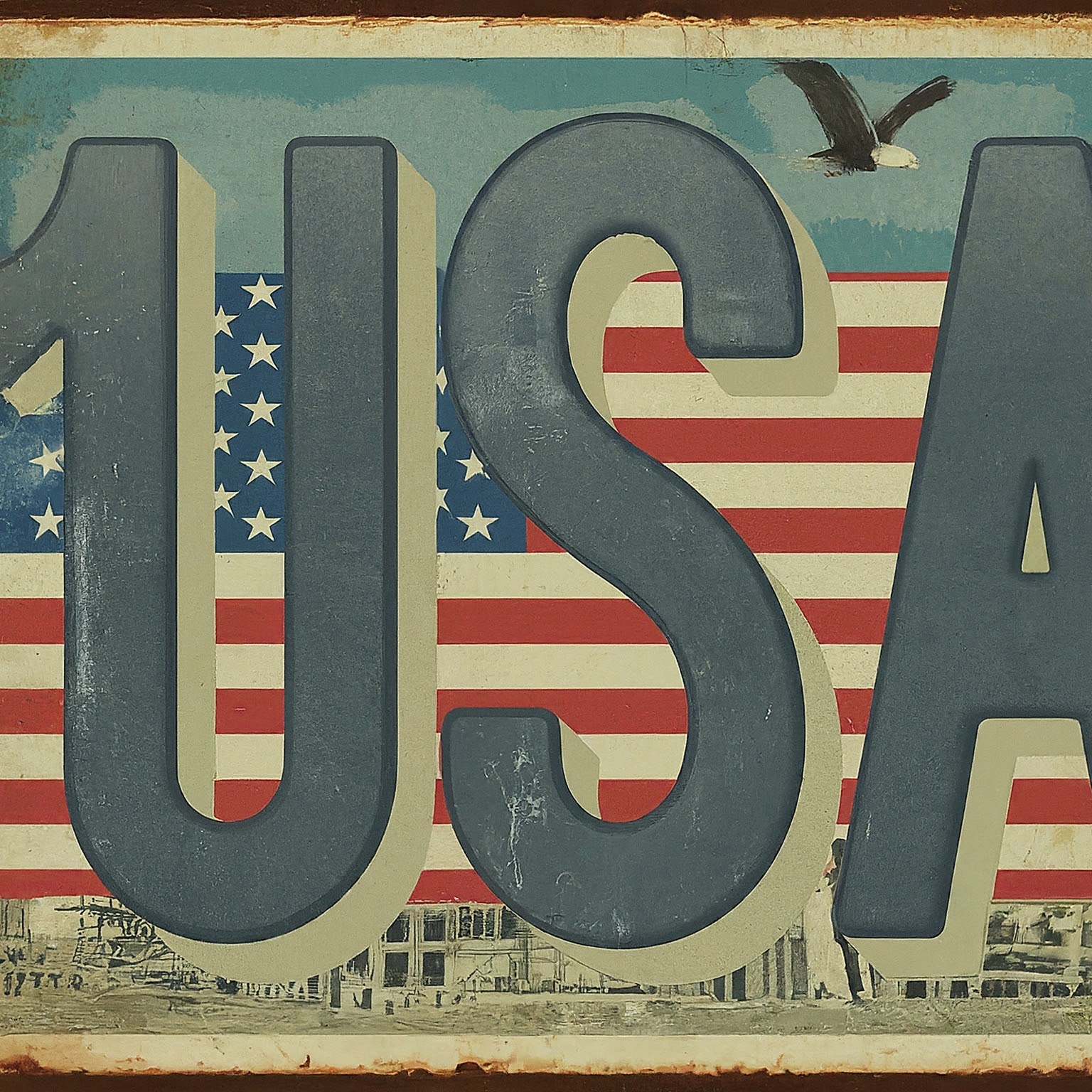In today’s interconnected world, the ability to communicate seamlessly across borders is essential. Whether you’re making an international call, sending a text message, or accessing online services, understanding country codes is crucial. In this exclusive article, we delve into the USA country code, its significance, usage, and the broader context of international dialing.

The USA Country Code: +1
The USA country code is +1. It is a numerical prefix that identifies phone numbers belonging to the United States in the global telecommunication network. When dialing a US phone number from another country, you must include the USA country code (+1) before the area code and local phone number.
The North American Numbering Plan (NANP)
The USA country code is part of the North American Numbering Plan (NANP), a telecommunication numbering plan that encompasses 25 countries and territories in North America, including the United States, Canada, and several Caribbean nations. The NANP assigns unique three-digit area codes to different geographic regions within these countries, facilitating the routing of calls to their intended destinations.
Structure of US Phone Numbers
US phone numbers, including the USA country code, adhere to a specific structure defined by the NANP. This structure consists of:
- Country Code: The ‘+’ symbol followed by the digit ‘1’ represents the USA country code.
- Area Code: The next three digits represent the area code, which identifies a specific geographic region within the United States.
- Local Phone Number: The final seven digits represent the local phone number, which is unique to the individual or business within the area code.
For instance, a typical US phone number would appear as +1 (212) 555-1212, where +1 is the USA country code, 212 is the area code for Manhattan in New York City, and 555-1212 is the local phone number.
How to Use the USA Country Code
When dialing a US phone number from another country, you must include the USA country code (+1) before the area code and local phone number. This signals to the international carrier that the call is destined for the United States, ensuring proper routing and connection.
For example, if you’re calling from Egypt to a New York City number, you would dial:
- 00 (Egypt’s exit code) + 1 (USA country code) + 212 (area code) + 555-1212 (local phone number)
Similarly, when providing your US phone number to someone in another country, it’s crucial to include the USA country code to ensure they can reach you. Omitting the country code may result in failed connections or misrouted calls.
Beyond Voice Calls: Other Applications
The USA country code is not limited to voice calls; it plays a role in other communication channels as well.
- Text Messaging (SMS): When sending international text messages to a US phone number, you must include the USA country code before the area code and local phone number.
- Online Services: Many online platforms and applications require users to provide their phone numbers for verification or two-factor authentication. When registering on such platforms, ensure you include the USA country code if you have an American phone number. This helps services tailor their offerings and comply with US regulations.
Challenges and Considerations
While the USA country code system is generally efficient and reliable, a few challenges and considerations exist:
- Area Code Overlays: In some regions, multiple area codes may serve the same geographical area, a phenomenon known as an overlay. In these cases, you must dial the area code even for local calls to ensure proper routing.
- Number Portability: While number portability allows users to keep their existing phone number when switching carriers, it can sometimes create confusion in determining the correct area code. Online directories or carrier websites can help identify the current area code associated with a specific phone number.
- VoIP and Virtual Numbers: The rise of Voice over Internet Protocol (VoIP) and virtual phone numbers has introduced complexities to the traditional area code system. VoIP services often allow users to choose area codes that may not correspond to their physical location, while virtual numbers can be assigned to any area code regardless of the user’s actual location.
The Importance of Country Codes in Global Communication
Country codes are vital in facilitating seamless communication in our interconnected world. They act as unique identifiers for different countries, enabling efficient call routing and ensuring that your calls and messages reach their intended destinations across borders. Without country codes, the global telecommunication network would be chaotic and inefficient.
Beyond the USA: Other Country Codes
The USA country code is just one of many country codes used worldwide. Each country has its own unique code, ranging from one to three digits. Some examples include:
- Canada: +1
- United Kingdom: +44
- Egypt: +20
- China: +86
- India: +91
When making international calls, it’s essential to know the correct country code for the destination country. You can easily find country codes online or through your mobile service provider.
The Future of Country Codes
As technology continues to advance and communication paradigms evolve, the role of country codes may change, but their significance in facilitating global connectivity will endure. We can anticipate the following developments:
- Expansion of Area Codes: With the increasing demand for phone numbers, we can expect new area codes to be introduced and existing ones to be modified or split.
- Integration with Emerging Technologies: Country codes may play a role in facilitating communication through emerging technologies like satellite-based internet and 5G networks.
- Enhanced Security and Fraud Prevention: As cyber threats and phone scams become more sophisticated, we can expect increased focus on security measures and fraud prevention mechanisms associated with country codes.
Conclusion
The USA country code, +1, serves as a crucial gateway for connecting with individuals and businesses in the United States. Its significance extends beyond voice calls to encompass various communication channels in the digital age. Understanding its proper usage and the broader context of international dialing empowers us to navigate the complexities of global communication and foster connections across borders. As technology continues to advance, the USA country code will remain an essential element in facilitating seamless and efficient communication with the United States.


